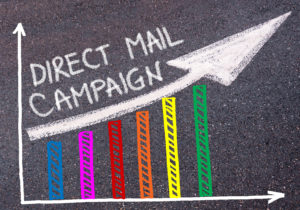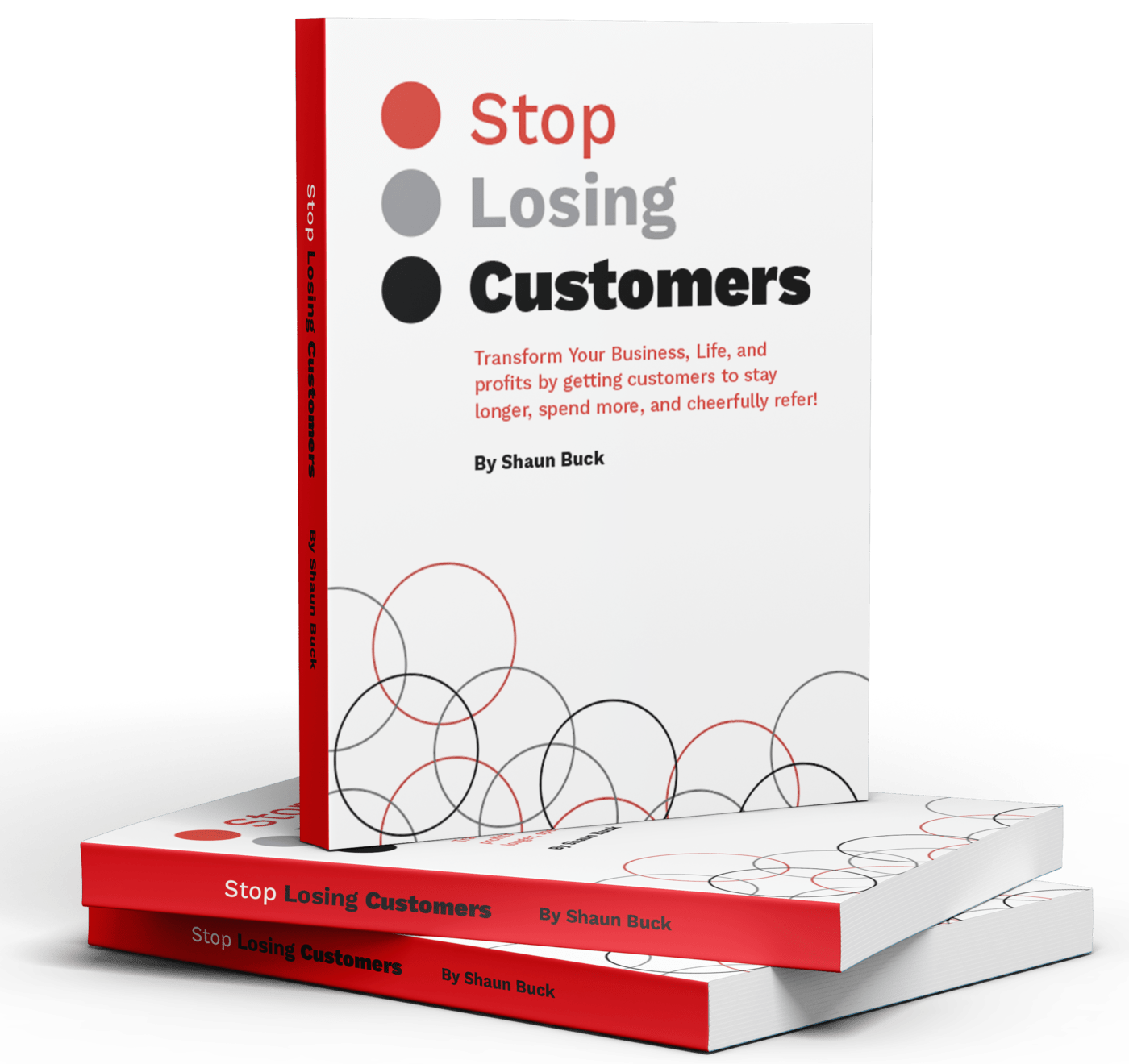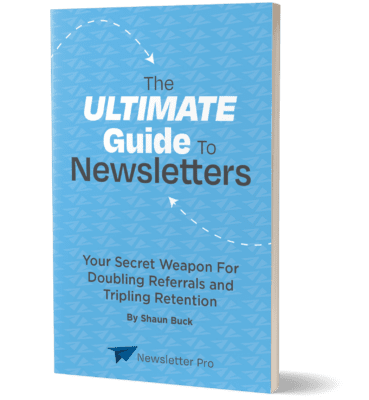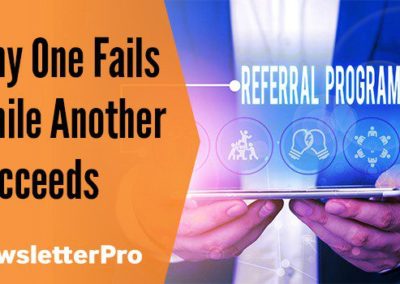In business, like in baseball, it’s always nice to hit a home run. That feeling you get when you know you’ve knocked one out of the park is incomparable to anything else. When you watch a business news program, or read about a successful entrepreneur, many times all you hear about are the home runs. But aren’t the singles and doubles just as important? When these small wins build on each other, they can take you further than any home run.

At a conference in Dallas last year, I was asked on more than one occasion some variation of the following questions: “If you had to start all over again, what is the ONE thing you would do differently?” Or, “What is the single best thing I can do to increase sales?” To be honest, these are the wrong questions. It was clear to me that these people were looking for home runs, but they would be infinitely better served with a single or double.
The Stats Tell The Story
Although I am not a baseball fan, I am going to use baseball to prove my point. In the 2013 All-Star game, we (arguably) had some of the best players in the world on the field. I went to MLB.com and found the following stats:
Total players — 37
Total times at bat — 51
Players who hit the ball — 12 (some hit the ball more than once)
Singles —12
Doubles — 5
Triples — 1
Home runs — 0
See? Even the best baseball players in the world didn’t hit a single home run in the All-Star game. Only 32.4% of them hit the ball at all by the time they got to bat. In the end, the victories of the game were made up of a bunch of singles and doubles, otherwise known as small wins.
Achieving Small Wins In Your Sales Campaign
When you focus on singles and doubles instead of home runs, you benefit your business in a number of ways. First of all, it’s way less stressful when you are creating the campaign. Most of us  can create a campaign that generates 1–5 new customers (as opposed to creating a campaign that generates hundreds … or thousands!). Secondly, you can always improve the campaigns.When I create a campaign, I always try to put my best foot forward. For example, I might get the envelope hand addressed and use a first class stamp. Once I have the results and can prove the campaign is viable, I can test it to see if using a fake handwritten font or live bulk stamp decreases the results.
can create a campaign that generates 1–5 new customers (as opposed to creating a campaign that generates hundreds … or thousands!). Secondly, you can always improve the campaigns.When I create a campaign, I always try to put my best foot forward. For example, I might get the envelope hand addressed and use a first class stamp. Once I have the results and can prove the campaign is viable, I can test it to see if using a fake handwritten font or live bulk stamp decreases the results.
From there, I can discover whether either of those variables affects the campaign, and by how much. I am typically willing to live with a 10th of a percent decrease in response to save 75¢ per piece mailed.
My third point is that someday you may want to sell your company. Even if you have no short-term plans to sell, it is important to strategize as if you were going to sell. By having numerous marketing systems bringing in new customers, you actually increase the value of your company. That’s because the company as a whole is more stable, and therefore, more attractive to a buyer. On top of that, it will typically increase the amount that you can sell your company for.
A Word Of Caution
When dealing with smaller (but stable) campaigns, it can be easy to get bored with your own marketing. I know I have personally made this mistake, but it is a tragedy. When you have marketing that works, and the marketing is bringing in the type of customers you want at an acceptable cost per lead or customer, you don’t stop that marketing to try something new with those marketing dollars. Even if the piece you are considering stopping is the marketing piece that has the highest cost per lead or sale, as long as the price being paid is acceptable to you (what is acceptable and not acceptable should be determined well in advance), it is well worth it.
 I could even make the case that if the cost per lead or customer is slightly unacceptable, but the campaign is working, you still shouldn’t stop that campaign until you have another marketing piece that can beat it. This would be the equivalent of a professional baseball player suddenly deciding that he wouldn’t run bases for any hit except a home run. I can promise you that a player like that would be out of the game in no time. Boredom is no excuse for business owners either — especially if a strategy is bringing in new business at an acceptable cost per customer.
I could even make the case that if the cost per lead or customer is slightly unacceptable, but the campaign is working, you still shouldn’t stop that campaign until you have another marketing piece that can beat it. This would be the equivalent of a professional baseball player suddenly deciding that he wouldn’t run bases for any hit except a home run. I can promise you that a player like that would be out of the game in no time. Boredom is no excuse for business owners either — especially if a strategy is bringing in new business at an acceptable cost per customer.
Next time you are chatting with other marketers about what is working and what isn’t, don’t spend too much time on the home runs. Instead, ask them about the campaigns they have in place that steadily bring in a handful of new customers for months or years. They may be small, but those are the real wins.






